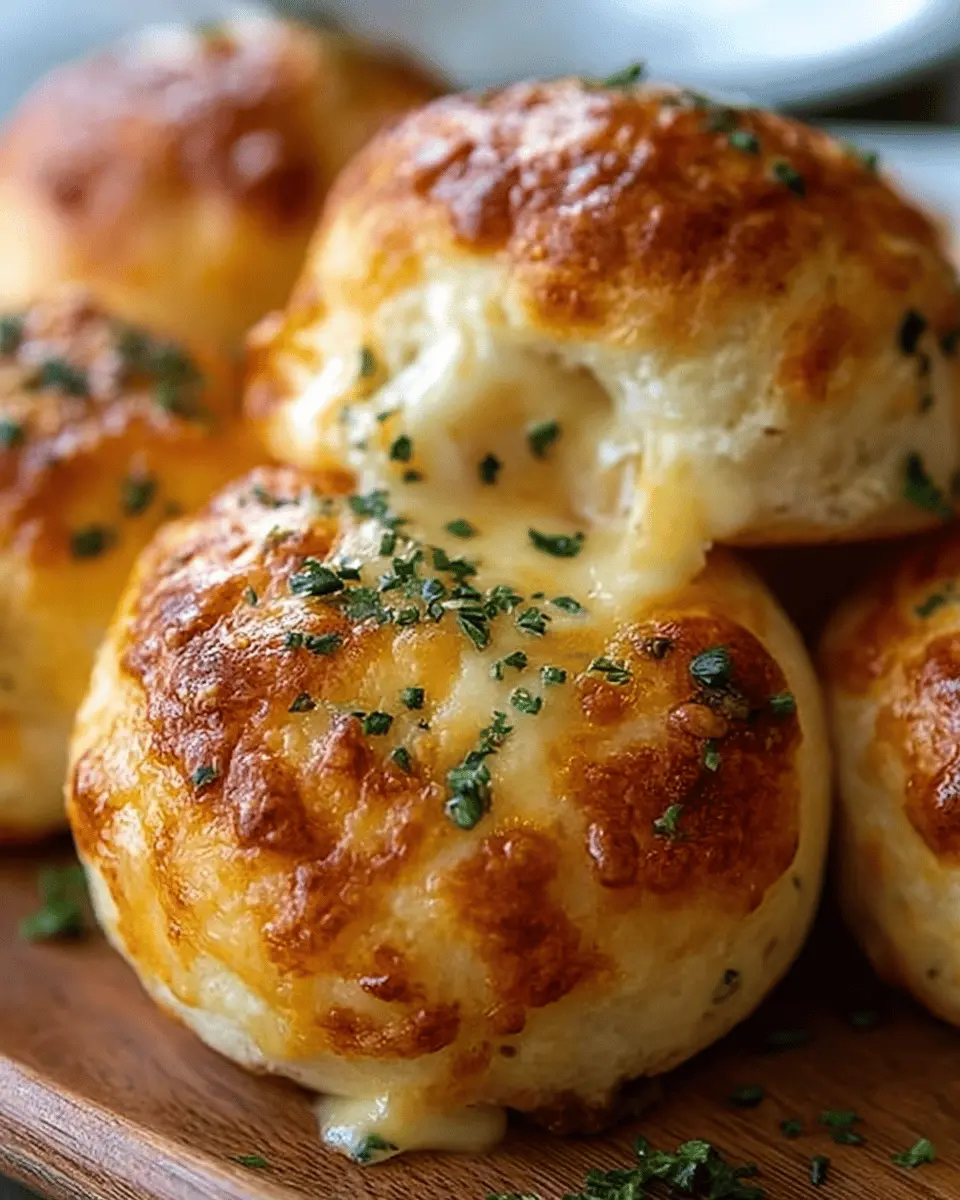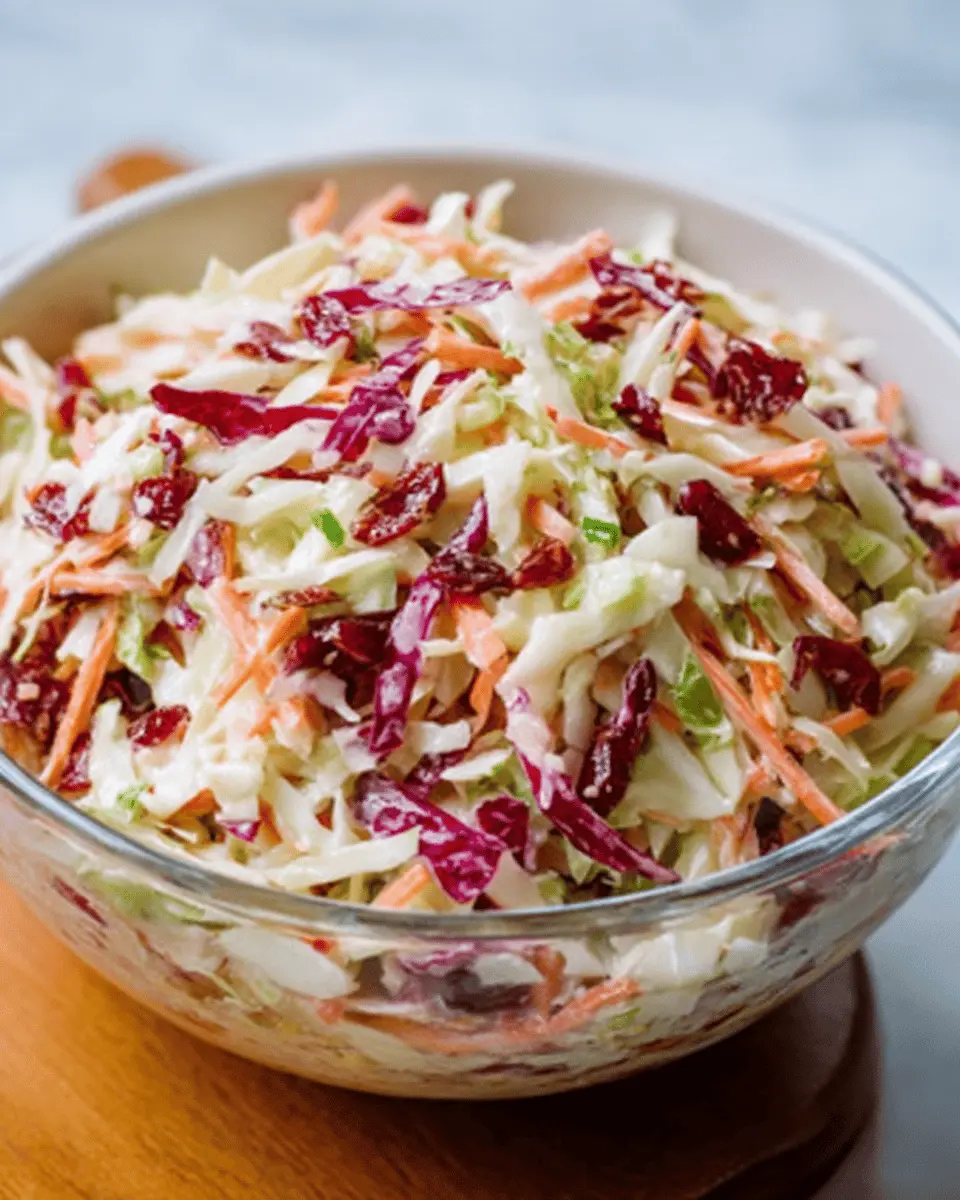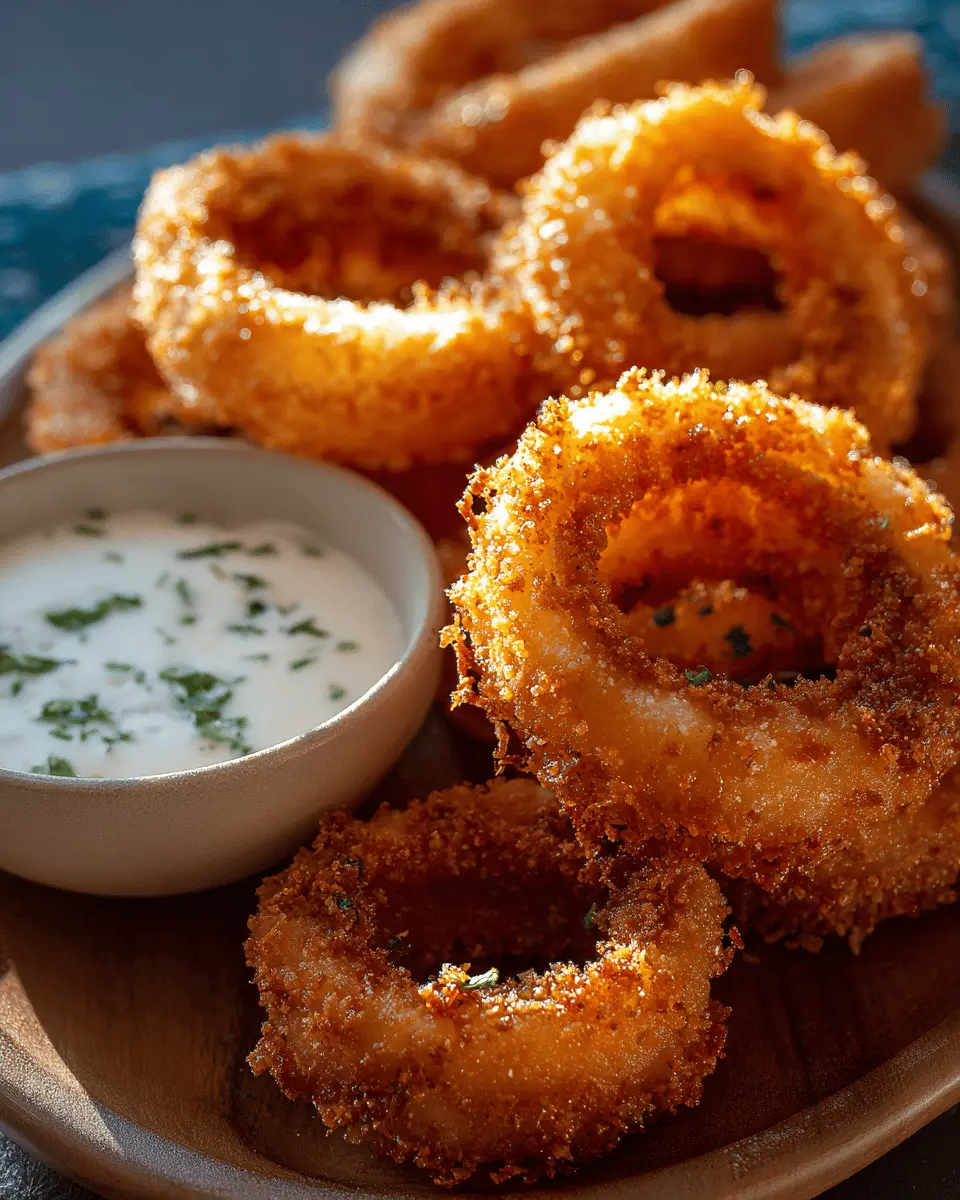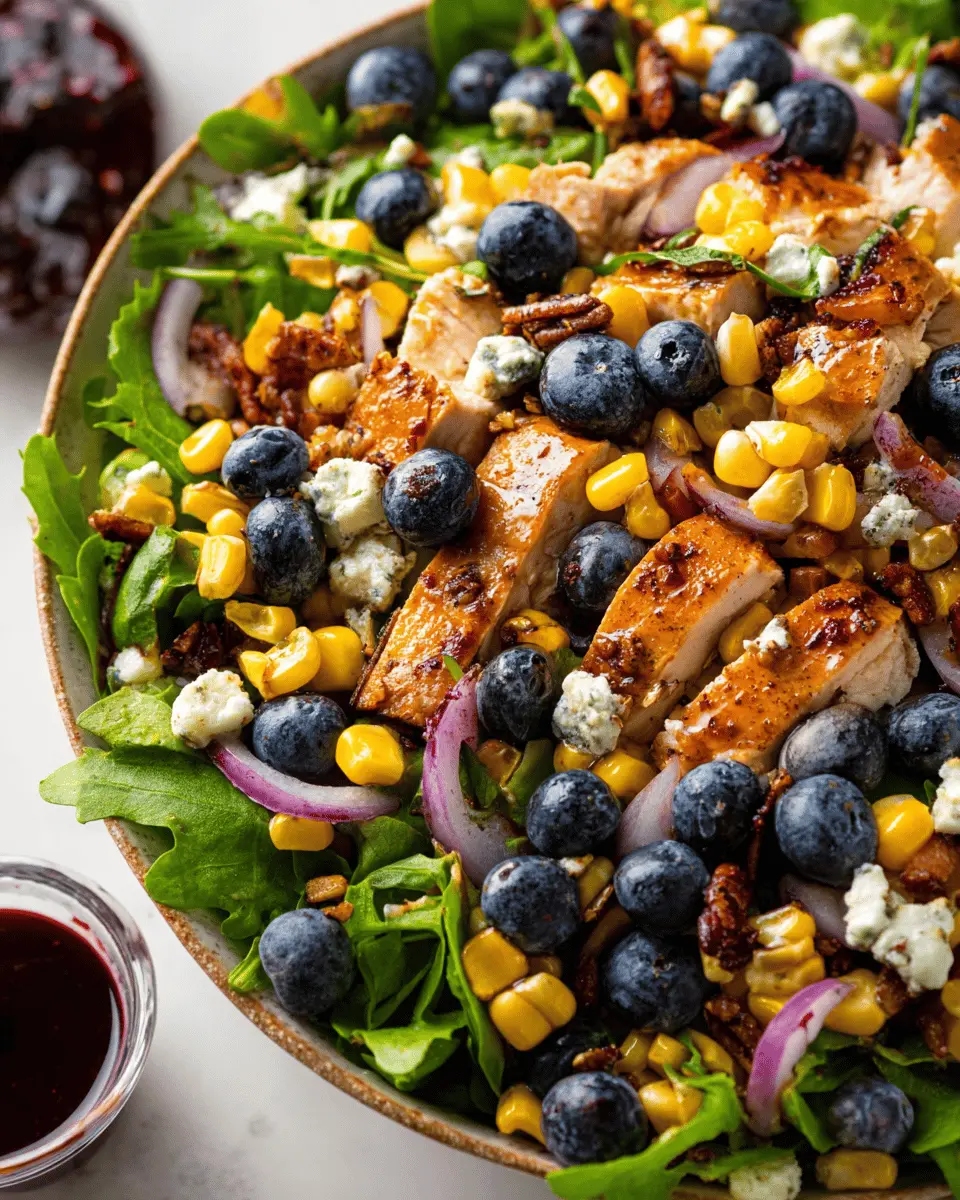Introduction to Hibachi Noodles
When you think of Hibachi Noodles, you might picture a lively Japanese restaurant, complete with sizzling grills and chefs tossing food in the air. But these versatile noodles are not just for dining out; they’re perfect for busy young professionals looking to whip up a quick, delicious meal at home. So, what exactly are Hibachi Noodles, and why should they be on your radar?
What are Hibachi Noodles?
Hibachi Noodles are typically made from stir-fried egg noodles that serve as a canvas for a medley of flavors and textures. Often seasoned with soy sauce, garlic, and ginger, these noodles can be customized to suit your palate. You might add colorful vegetables, Turkey Bacon, or even Chicken Ham to create a dish that’s not only satisfying but also nutritionally balanced.
The beauty of Hibachi Noodles lies in their adaptability. Whether you’re trying to sneak more veggies into your diet or satisfy a comfort-food craving, you can create a dish that works for you. And if you want to dive deeper into the history of hibachi cooking, a look at sources like Taste of Home can give you insights into the cultural significance behind these flavors.
A Great Choice for Young Professionals
For those in the 25 to 35 age range, life can get hectic. Between working long hours, networking events, and trying to maintain a social life, finding time to eat well can be a challenge. This is where Hibachi Noodles shine.
- Quick Preparation: Cooking Hibachi Noodles is as simple as boiling the noodles and stir-frying them with your choice of protein. In about 15-20 minutes, you can have a satisfying meal ready to go.
- Affordable: By preparing Hibachi Noodles at home, you not only save money compared to restaurant prices but also simplify meal prep for the week.
- Customizable: Feel like having Turkey Bacon one night and some fresh veggies the next? The versatility of Hibachi Noodles means you can switch things up without getting bored.
In a fast-paced world, prioritizing your health and taste doesn’t have to be a compromise. Keep your kitchen stocked with basic ingredients, and you’ll always have the makings of a delicious bowl of Hibachi Noodles at your fingertips.
For more recipes and cooking tips, explore Serious Eats to enhance your culinary adventures. Enjoy your cooking journey!
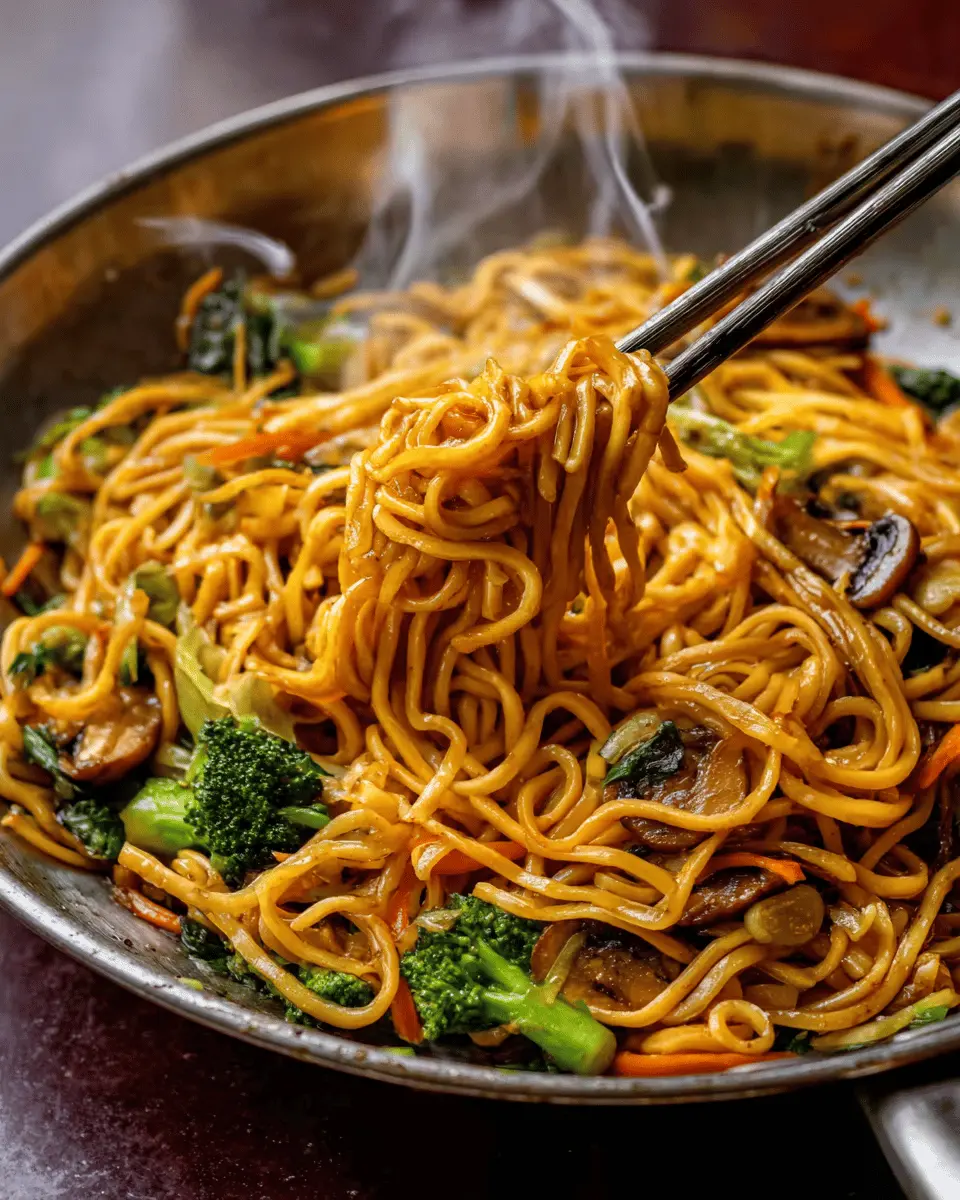
Ingredients for Hibachi Noodles
Essential ingredients for a delicious hibachi experience
When you’re ready to whip up a plate of Hibachi Noodles, having the right ingredients is key. Here’s what you’ll need for that authentic flavor:
- Noodles: Choose either soba or ramen noodles as your base. They soak up the flavors beautifully.
- Vegetables: Fresh vegetables like bell peppers, carrots, and zucchini add color and crunch. Don’t forget green onions for a punch of flavor.
- Proteins: Think of using succulent turkey bacon or chicken ham for a savory twist. For a hearty addition, you can also include slices of tender beef.
- Soy Sauce: A good-quality soy sauce enhances the umami flavor. You might opt for low-sodium varieties to control salt intake.
- Garlic and Ginger: Fresh minced garlic and ginger give your noodles the aromatic kick they deserve.
Optional ingredients to elevate your dish
Feeling adventurous? Try adding these optional ingredients to your Hibachi Noodles for an extra layer of delight:
- Sesame Oil: A drizzle can infuse a nutty flavor that elevates your dish.
- Egg: A scrambled egg can enrich your noodles, adding both texture and protein.
- Chili Sauce: If you enjoy a bit of heat, a dash of chili sauce or flakes can spice things up.
With these ingredients, your Hibachi Noodles will be a hit any day of the week! For tips on where to source high-quality ingredients, check out Serious Eats or Bon Appétit. Happy cooking!
Preparing Hibachi Noodles
Who doesn’t love a tasty stir-fry at home? If you’re ready to whisk up delicious Hibachi Noodles, you’re in for a treat. This dish is not just quick; it’s also customizable, allowing you to throw in your favorite ingredients. In this section, we’ll take a step-by-step look at how you can prepare these mouthwatering noodles.
Step 1: Gather Your Ingredients
Before we dive into cooking, let’s gather everything we need for our Hibachi Noodles:
- Noodles: Choose your favorite type, like lo mein, udon, or soba.
- Vegetables: Common options include bell peppers, zucchini, broccoli, and carrots. Feel free to get creative here!
- Proteins: Consider your options like chicken ham, turkey bacon, or shrimp. Each will bring its own flavor profile.
- Sauces: Soy sauce is a must, but you can add sesame oil and teriyaki sauce for that extra zing!
- Aromatics: Garlic and ginger are your best friends for flavor.
Having everything prepped and within reach is essential—it speeds up the cooking process and helps maintain a clean workspace. Don’t forget to check out tips on ingredient substitutions here.
Step 2: Cook the Noodles
Begin by placing a pot of salted water on high heat. Once it reaches a rolling boil, add your noodles of choice. Follow the package instructions for cooking time, typically around 6-8 minutes. This allows the noodles to cook evenly, providing a delightful texture.
Pro tip: To prevent sticking, stir the noodles occasionally and consider adding a splash of olive oil. After cooking, drain and rinse the noodles under cold water to stop the cooking process.
Step 3: Make the Sauce
Now for the pièce de résistance—our sauce! In a separate bowl, whisk together:
- ¼ cup soy sauce
- 2 tablespoons sesame oil
- 1 tablespoon teriyaki sauce (optional for sweetness)
- 1 teaspoon freshly grated ginger
- 1 clove garlic, minced
This simple yet flavorful sauce will coat the Hibachi Noodles beautifully. Want to make it spicier? Add a dash of chili flakes or hot sauce.
Step 4: Sauté the Vegetables
Grab your favorite skillet or wok and set it over medium-high heat. Add a drizzle of oil, then toss in your selected vegetables. I usually start with the harder veggies like carrots and broccoli before adding softer ones like bell peppers. Sauté until they’re just tender, around 5-7 minutes. The goal here is to maintain some crunch!
For added flavor, consider tossing in a pinch of salt and pepper, or even a splash of vegetable broth for moisture. The sizzling sounds will have you dreaming of the hibachi grill!
Step 5: Combine Noodles and Sauce
Once your vegetables are perfectly sautéed, it’s time to unite them with our illustrious noodles.
- Add the cooked noodles to the skillet
- Pour the prepared sauce over everything
Toss and combine gently, making sure each noodle and veggie is coated. This step is vital as it’s where the flavors meld together, transforming your dish into a culinary delight. For even more depth, consider adding a sprinkle of sesame seeds for garnish—a small but impactful choice!
Step 6: Serve and Enjoy!
Once everything is combined and heated through, it’s time for the grand reveal. Serve the Hibachi Noodles hot and add any final touches like chopped green onions or even some cilantro. This dish is perfect for weeknight dinners or special occasions, served alone or with a protein on the side.
There you have it—your guide to preparing scrumptious Hibachi Noodles. Whether you’re enjoying it solo or sharing with friends, each bite is sure to bring a smile to your face. Happy cooking!

Variations on Hibachi Noodles
When it comes to Hibachi Noodles, the options are endless! Not only are these dishes delicious, but they can also be customized to suit your dietary preferences or available ingredients. Here are a few flavorful variations to consider for your next hibachi night.
Hibachi Noodles with Chicken
Craving something hearty? Hibachi Noodles with chicken are a fantastic choice. Start with diced chicken thighs or breasts for that succulent bite. Simply sauté in a hot wok with some garlic and ginger before adding your noodles. For a little extra flair, toss in some sautéed bell peppers and broccoli. For tips, check out this chicken cooking guide.
Vegetarian Hibachi Noodles
For a lighter, plant-based option, vegetarian Hibachi Noodles are not only nourishing but also flexible. Just replace the protein with a medley of your favorite vegetables—think zucchini, asparagus, and snap peas for a colorful plate. Adding tofu is also a fantastic way to boost protein without sacrificing flavor. A drizzle of soy sauce and sesame oil will elevate the dish beautifully!
Seafood Hibachi Noodles
If you’re a seafood lover, you can’t go wrong with seafood Hibachi Noodles. Shrimp, scallops, or even strips of fish all pair perfectly with the savory flavors of hibachi seasoning. After cooking your seafood to perfection, toss in green onions and a sprinkle of sesame seeds. If you’re in the mood for something a bit more adventurous, consider pairing your noodles with a spicy sriracha sauce or a tangy ponzu.
Whether you go for chicken, a vegetarian delight, or seafood, these variations on Hibachi Noodles are sure to impress. Which one will you try first?
Cooking Tips and Notes for Hibachi Noodles
Tips for perfecting the dish
Creating the ideal Hibachi Noodles at home is easier than you think. Here are some handy tips:
- Use high smoke point oils: Opt for oils like canola or avocado, which can withstand the high heat of hibachi cooking. This ensures a smoky flavor without burning.
- Prep ingredients in advance: Gather everything—vegetables, proteins (like turkey bacon or chicken ham), and sauces—before you start cooking. This helps maintain that restaurant-quality speed.
- Don’t overcook the noodles: Cook just until al dente; they’ll continue cooking with the residual heat.
Common mistakes to avoid
While making Hibachi Noodles, avoid these pitfalls to ensure a delicious outcome:
- Skipping the seasoning: Be sure to season with soy sauce and sesame oil. It’s essential for achieving that unforgettable flavor.
- Overcrowding the pan: This leads to steaming instead of sautéing. Cook in batches if needed to maintain that perfect char.
- Undercooking proteins: Always make sure your turkey bacon or chicken ham is cooked fully for food safety.
For further inspiration, check out this guide on noodle types to enhance your dish!
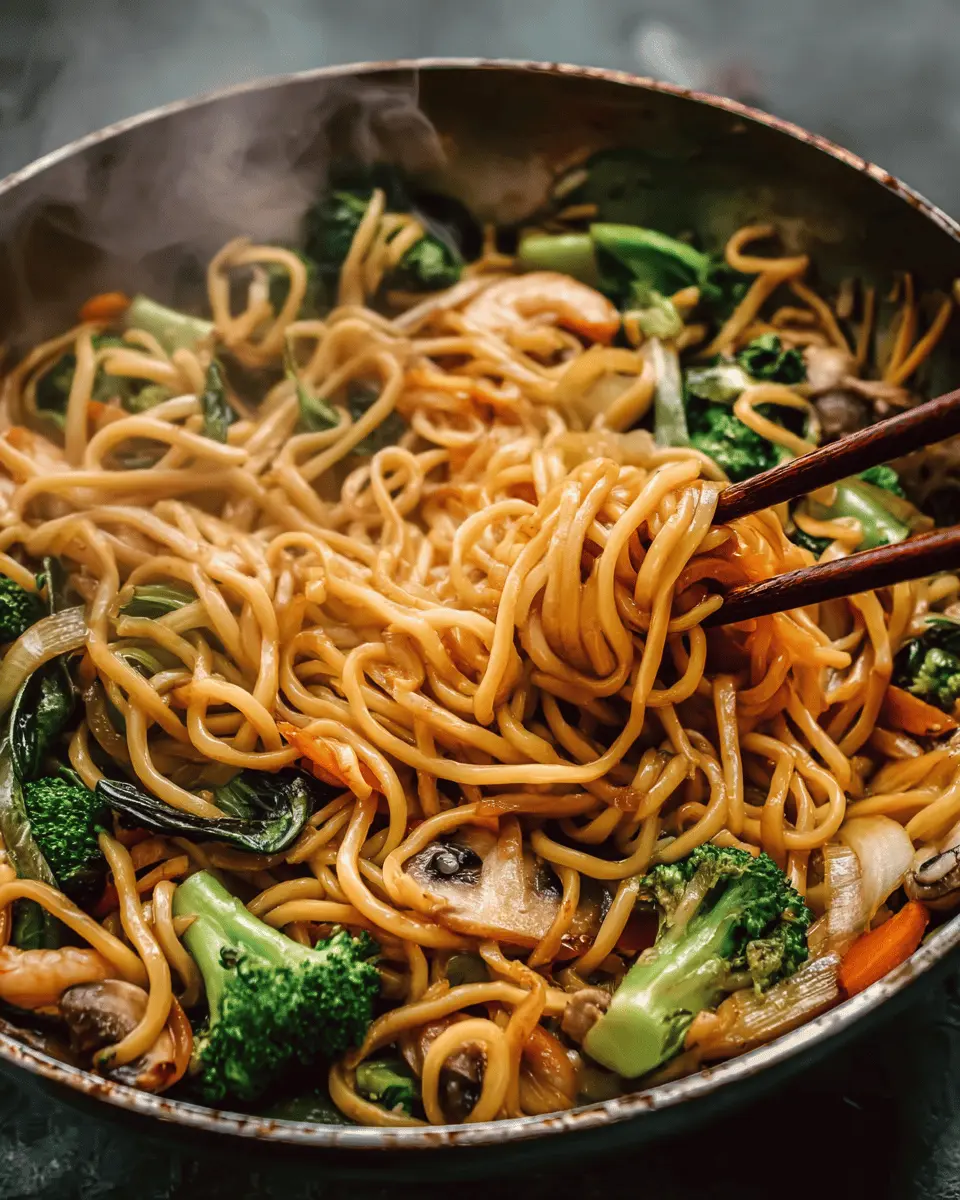
Serving Suggestions for Hibachi Noodles
What to Pair with Hibachi Noodles for a Complete Meal
When it comes to creating a well-rounded meal with your hibachi noodles, think about complementary flavors and textures. Here are some tasty suggestions to elevate your dining experience:
- Grilled Vegetables: Zucchini, bell peppers, and mushrooms create a colorful plate and add a nutritious crunch.
- Protein Options: Sliced turkey bacon, chicken ham, or even shrimp make for excellent additions, catering to both meat lovers and those seeking lighter fare. If you’re vegetarian, consider tofu or tempeh as protein-packed alternatives.
- Salads: A refreshing side salad of mixed greens, cucumber, and sesame dressing can provide a nice contrast to the flavors of your noodles.
Creative Serving Ideas
Get creative when presenting your hibachi noodles! Try these fun serving methods to impress your guests:
- Noodle Bowls: Layer your noodles in a bowl, topped with your favorite grilled proteins and vibrant veggies for a breathtaking feast.
- Skewers: Serve noodles on skewers alongside grilled vegetables for a fun finger-food experience.
- Bento Boxes: For a unique twist, pack hibachi noodles in a bento box with small portions of sides—think pickled vegetables or fruit slices.
Pair your meal with refreshing sparkling water or iced tea for an enjoyable dining experience. For more tips on enhancing your noodle dishes, check out culinary resources like Serious Eats or Food Network.
Time Breakdown for Hibachi Noodles
Preparation Time
Preparing Hibachi Noodles is a breeze! You’ll need about 10 to 15 minutes to gather your ingredients and chop up your veggies. Make sure the turkey bacon and chicken ham are ready to go to speed things up during cooking.
Cooking Time
The actual cooking will only take around 10 to 15 minutes. You’ll love how quickly the noodles come together, giving you a delicious meal without the wait. It’s perfect for those busy weeknights when you crave something flavorful yet convenient.
Total Time
In total, from start to finish, you’re looking at around 20 to 30 minutes for this dish. That’s hardly any time at all for a delightful homemade dinner! If you’re short on time, you can also check out this guide on quick meal prep options for young professionals here. So, why not indulge in these Hibachi Noodles tonight? It’s a meal you’ll want to repeat!
Nutritional Facts for Hibachi Noodles
Calories Breakdown
When you’re savoring hibachi noodles, being mindful of calories is key to enjoying your meal without guilt. A typical serving contains around 250-350 calories, depending on the ingredients and portion size. The goodness of this dish comes from the combination of flavors and textures—think crisp veggies complemented by soft noodles.
Key Nutrients
Hibachi noodles are not just delicious; they pack in some essential nutrients too! Here’s what you’ll find:
- Carbohydrates: Provides energy for your day.
- Protein: Especially when adding items like chicken ham or turkey bacon, you can boost your protein intake significantly.
- Vitamins and Minerals: Fresh veggies contribute vitamins A and C—great for your immune system!
For a closer look at the nutritional values of various noodles, check out Healthline.
Considerations for Health-Conscious Eaters
If you’re aiming for a healthier option, there are tweaks you can make. Consider using whole-grain noodles for more fiber or incorporating more vegetables for added nutrients. Additionally, minimize added sauces that may increase your sodium intake. Remember, balance is crucial for maintaining a satisfying and nutrient-rich meal!
Have any favorite tips for jazzing up your hibachi noodles? Share your thoughts below!
FAQs about Hibachi Noodles
Can I customize the ingredients?
Absolutely! One of the best parts about preparing Hibachi Noodles is the flexibility it offers. Whether you prefer chicken ham, turkey bacon, shrimp, or a medley of colorful vegetables like zucchini and bell peppers, you can easily tailor the recipe to your taste. Feeling adventurous? Add some fiery chili flakes for a spicy kick! You can also swap regular soy sauce for tamari for a gluten-free twist. Keep in mind that adjusting ingredients might change the overall flavor, so don’t hesitate to experiment until you find your perfect combo.
How do I store leftovers?
If you’re lucky enough to have Hibachi Noodles left over, make sure to store them properly! Place them in an airtight container in the fridge, where they’ll stay fresh for about 3 to 4 days. When you’re ready to enjoy them again, reheat in a pan over medium heat or in the microwave—just add a splash of water for moisture. For longer storage, consider freezing portions; they can last up to three months. Just remember that noodles may lose some texture when frozen, so if you can, finish them off sooner rather than later.
What sides go well with hibachi noodles?
Pair your Hibachi Noodles with sides that complement their hearty flavors. Here are some great options you might enjoy:
- Grilled vegetables – Simply toss in some oil and seasonings before grilling.
- Tempura or lightly battered shrimp – This adds a delightful crunch.
- Mixed green salad – A refreshing option to balance the meal.
For more recipe ideas, check out resources like The Spruce Eats or Food Network. Whatever you choose, make it your own!
Conclusion on Hibachi Noodles
Recap of Why Hibachi Noodles Are Perfect for Homemade Meals
In summary, hibachi noodles are a fantastic choice for whipping up effortless homemade meals that are both delicious and satisfying. Their versatility allows you to customize with your favorite proteins, whether it’s chicken ham, beef, or even turkey bacon. With quick cooking times and minimal cleanup, they fit perfectly into a busy lifestyle while still delivering on flavor.
Not only are they easy to prepare, but they can also impress guests at gatherings! So, why not explore more variations or pair them with a light salad? Check out this resource for more inspiration on innovative and tasty noodle alternatives. Embrace the joy of cooking, and make your next meal a hibachi delight!
PrintHibachi Noodles: Easy and Delicious Recipe with Turkey Bacon and Chicken Ham
Hibachi Noodles are a quick and flavorful dish featuring turkey bacon and chicken ham, perfect for busy weeknights.
- Prep Time: 10 minutes
- Cook Time: 20 minutes
- Total Time: 30 minutes
- Yield: 4 servings
- Category: Main Dish
- Method: Stovetop
- Cuisine: Asian
- Diet: Paleo
Ingredients
- 8 ounces noodles
- 4 slices turkey bacon
- 1 cup chicken ham, diced
- 2 tablespoons soy sauce
- 1 tablespoon sesame oil
- 1/2 cup vegetables (like bell peppers, carrots, and broccoli)
- 2 cloves garlic, minced
- 1 teaspoon ginger, grated
- 2 green onions, sliced
Instructions
- Cook the noodles according to package instructions. Drain and set aside.
- In a large skillet, heat the sesame oil over medium heat.
- Add the turkey bacon and cook until crispy. Remove and chop into pieces.
- In the same skillet, add the garlic and ginger. Sauté for a minute.
- Add the chicken ham and vegetables, cooking until softened.
- Add the cooked noodles and soy sauce, tossing everything together.
- Stir in the chopped turkey bacon and green onions.
- Serve hot and enjoy!
Notes
- Feel free to customize the vegetables based on your preference.
- This dish can be made in under 30 minutes.
Nutrition
- Serving Size: 1 serving
- Calories: 350
- Sugar: 3g
- Sodium: 800mg
- Fat: 12g
- Saturated Fat: 3g
- Unsaturated Fat: 6g
- Trans Fat: 0g
- Carbohydrates: 45g
- Fiber: 2g
- Protein: 20g
- Cholesterol: 30mg







